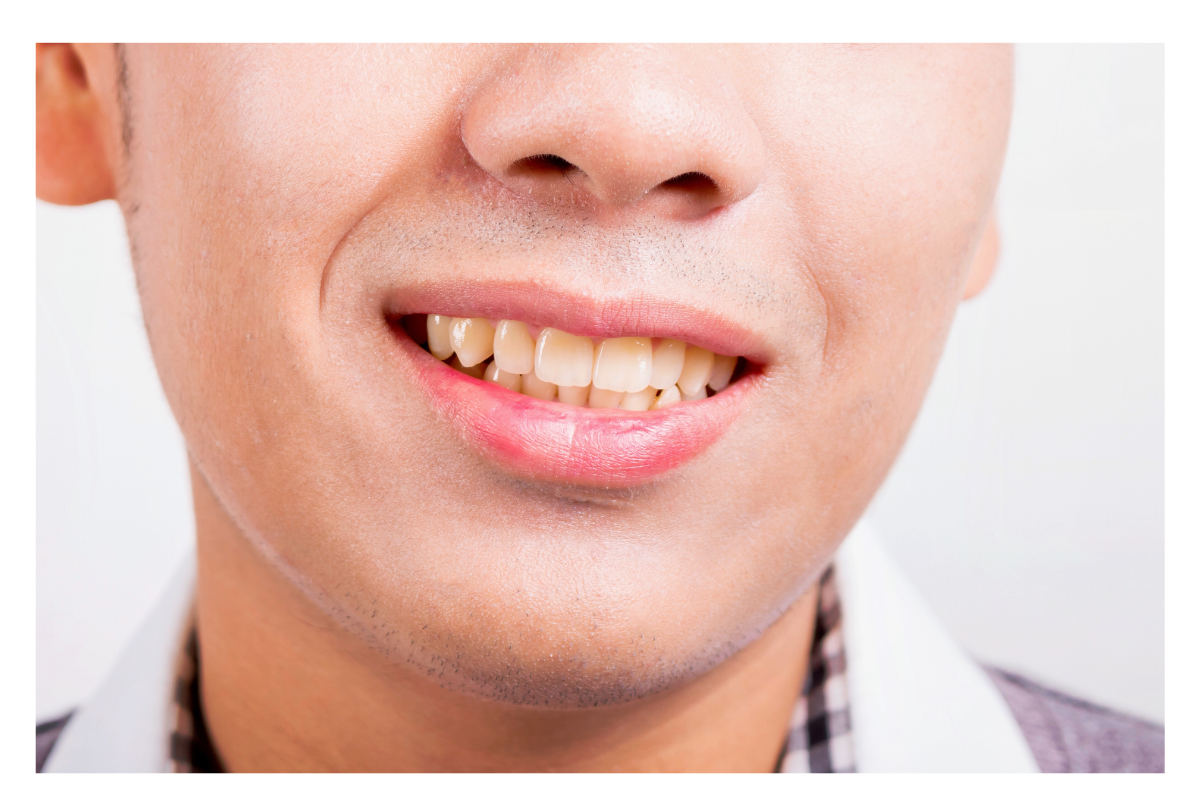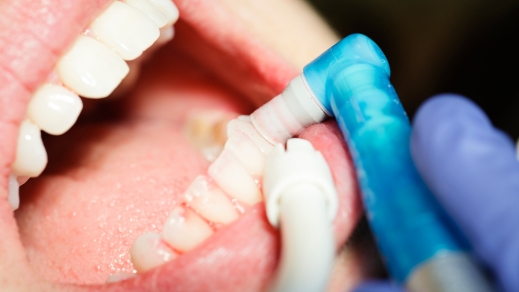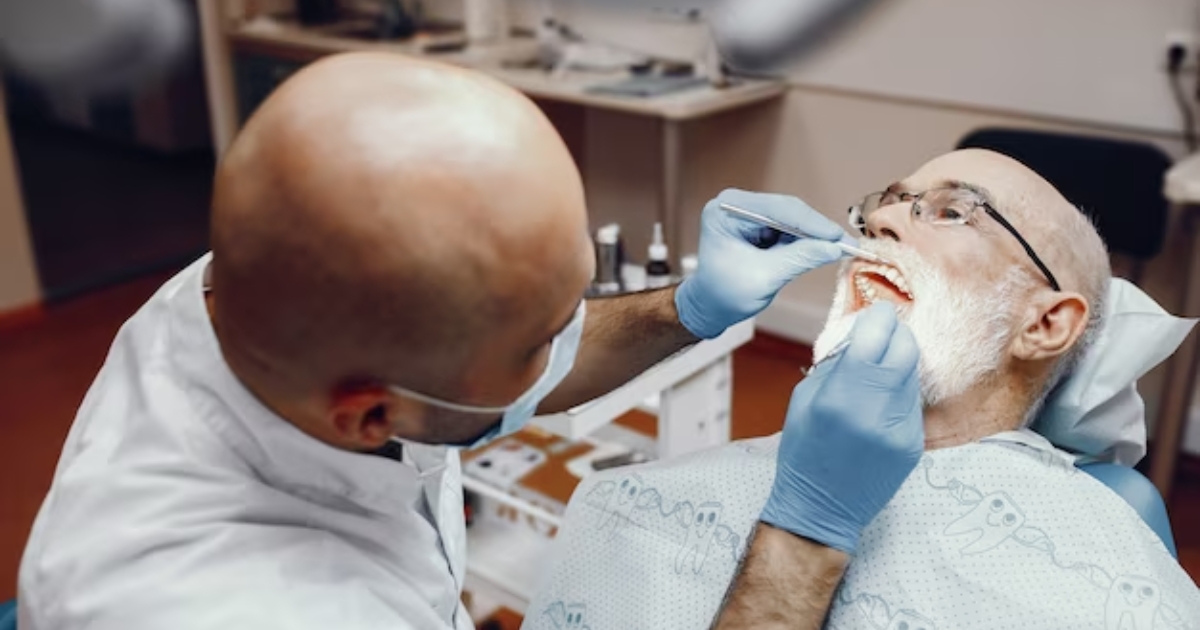San Jose, CA
Diseases That Cause Teeth Discoloration


Teeth discoloration is more than just a cosmetic concern—it can be a sign of underlying health issues. Imagine looking in the mirror and noticing your once-bright smile has taken on an unexpected shade of yellow, brown, or even gray. While it’s easy to blame coffee, tea, or a lack of brushing, the truth is that certain diseases can significantly impact the color of your teeth. These conditions, often overlooked, may be silently affecting your dental health. Curious about what might be causing those stubborn stains? Keep reading to uncover the surprising reasons behind teeth discoloration and how to address them.
Understanding Teeth Discoloration
Teeth discoloration is a common dental concern affecting individuals of all ages. While lifestyle choices like smoking and drinking coffee are well-known culprits, several diseases can also lead to changes in tooth color. Understanding these diseases can help in early detection and treatment, ensuring a healthier smile.
Jaundice and Teeth Discoloration
Jaundice, characterized by a yellowing of the skin and eyes, can also affect teeth. This condition results from high levels of bilirubin in the blood, a yellow pigment formed by the breakdown of red blood cells. In infants, especially those born prematurely, jaundice can cause a green or yellow hue to the developing teeth. This discoloration is often noticeable once the child’s teeth start to erupt. Prompt medical treatment of jaundice is crucial to prevent long-term effects on dental health.
Dental Fluorosis
Dental fluorosis occurs due to excessive fluoride intake during the early years when teeth are still developing. This condition leads to white or brown spots on the teeth and can range from mild to severe. In mild cases, the spots might be barely noticeable, but severe fluorosis can cause significant discoloration and surface irregularities. The best prevention method is to monitor fluoride consumption, ensuring children use appropriate toothpaste amounts and avoid swallowing it.
Tetracycline Antibiotics
The use of tetracycline antibiotics during pregnancy or in young children can lead to intrinsic tooth discoloration. This class of antibiotics, when absorbed by developing teeth, binds to calcium and causes yellow, brown, or gray bands on the teeth. The severity of the discoloration depends on the dosage and duration of antibiotic use. While this type of discoloration is resistant to most whitening treatments, veneers or crowns can be considered for cosmetic improvement.
Congenital Diseases
Several congenital diseases impact tooth color. Dentinogenesis imperfecta, a genetic disorder, affects the development of dentin, the tooth structure beneath the enamel. This condition results in translucent, discolored teeth that can range from blue-gray to yellow-brown. Similarly, amelogenesis imperfecta, which affects enamel formation, leads to yellow or brown teeth with a higher susceptibility to damage. Both conditions require specialized dental care to manage symptoms and maintain oral health.
Trauma-Induced Discoloration
Physical trauma to the teeth can disrupt blood flow and damage the pulp, leading to discoloration. This is particularly common in children whose teeth are still developing. The injured tooth may turn pink, red, or even dark brown as a result of internal bleeding. Immediate dental evaluation is essential to assess the extent of the damage and determine appropriate treatment, which may include root canal therapy or cosmetic solutions.
Enamel Hypoplasia
Enamel hypoplasia is a developmental defect that results in thin or missing enamel, making teeth appear yellow or brown. This condition can be caused by a variety of factors, including malnutrition, illness during pregnancy, or premature birth. Teeth affected by enamel hypoplasia are more prone to decay and damage. Regular dental check-ups and protective treatments like sealants can help manage this condition and protect teeth from further harm.
Chronic Diseases and Medications
Chronic diseases such as diabetes, kidney disease, and celiac disease can indirectly affect tooth color. For example, medications used to treat these conditions might reduce saliva production, leading to dry mouth and increased risk of discoloration. Additionally, the nutritional deficiencies associated with chronic diseases can impact overall dental health. Maintaining a balanced diet and managing underlying health conditions are essential steps in preventing tooth discoloration.
Dental Plaque and Tartar Buildup
Poor oral hygiene can lead to the accumulation of plaque and tartar, which can cause teeth to appear yellow or brown. Plaque is a sticky film of bacteria that forms on teeth, and if not removed, it hardens into tartar. Regular brushing, flossing, and professional cleanings are crucial to preventing plaque and tartar buildup, thereby maintaining a bright and healthy smile.
Aging and Tooth Discoloration
As we age, our teeth naturally undergo changes that can lead to discoloration. The outer enamel layer wears away, revealing the yellowish dentin underneath. Additionally, years of exposure to staining foods and beverages contribute to a gradual darkening of the teeth. While aging-related discoloration is natural, maintaining good oral hygiene and seeking professional whitening treatments can help keep your smile vibrant.
Preventive Measures and Treatments
Preventing tooth discoloration involves a combination of good oral hygiene practices and regular dental visits. Brushing twice a day, flossing, and using mouthwash can help remove surface stains and prevent plaque buildup. Professional cleanings and check-ups allow your dentist to monitor your dental health and provide treatments to address discoloration.
For existing discoloration, various treatments are available depending on the cause and severity. Professional whitening treatments can effectively remove surface stains, while veneers or crowns can cover intrinsic discoloration. In cases where discoloration is due to underlying health issues, addressing the root cause is essential for long-term improvement.
The Role of Diet in Dental Health
A healthy diet plays a crucial role in maintaining the color and health of your teeth. Foods rich in calcium and phosphorus, such as dairy products, nuts, and leafy greens, help strengthen enamel. Conversely, sugary and acidic foods can erode enamel and lead to discoloration. Drinking plenty of water and avoiding staining beverages like coffee, tea, and red wine can also help keep your teeth bright.
Cosmetic Dentistry Solutions
Cosmetic dentistry offers several solutions for teeth discoloration. Professional teeth whitening is one of the most popular options, providing significant results in a short period. Other treatments include dental bonding, where a tooth-colored resin is applied to improve the appearance of discolored teeth, and porcelain veneers, which cover the front surface of teeth to create a uniform, white appearance.
Addressing Psychological Impact
Tooth discoloration can have a significant psychological impact, affecting self-esteem and confidence. Individuals with discolored teeth may feel self-conscious about smiling or speaking in public. Addressing the discoloration not only improves dental health but also boosts confidence and overall well-being. If tooth discoloration is affecting your quality of life, discussing cosmetic options with your dentist can provide a path to a brighter, more confident smile.
Regular Dental Check-ups
Regular dental check-ups are essential in preventing and managing teeth discoloration. During these visits, your dentist can identify early signs of discoloration and recommend appropriate treatments. Additionally, professional cleanings remove plaque and tartar, helping to maintain the natural color of your teeth. Establishing a good relationship with your dentist in San Jose and scheduling routine visits ensures ongoing dental health and a bright smile.
Understanding the various diseases and conditions that cause teeth discoloration is the first step toward prevention and treatment. From jaundice and dental fluorosis to congenital diseases and trauma, many factors can affect tooth color. By maintaining good oral hygiene, seeking regular dental care, and addressing underlying health issues, you can prevent and manage discoloration effectively.
For those already experiencing discoloration, numerous cosmetic dentistry solutions are available to restore the natural color of your teeth. Whether it’s through professional whitening, veneers, or other treatments, achieving a bright, healthy smile is within reach.
If you’re concerned about teeth discoloration, consult with a dental professional to determine the best course of action for your specific situation. Remember, a healthy smile not only enhances your appearance but also contributes to overall well-being. For more personalized advice and treatment options, visit a qualified dental professional. Don’t let tooth discoloration diminish your confidence; take proactive steps to maintain a radiant smile with the guidance of an experienced Invisalign Dentist in San Jose.




